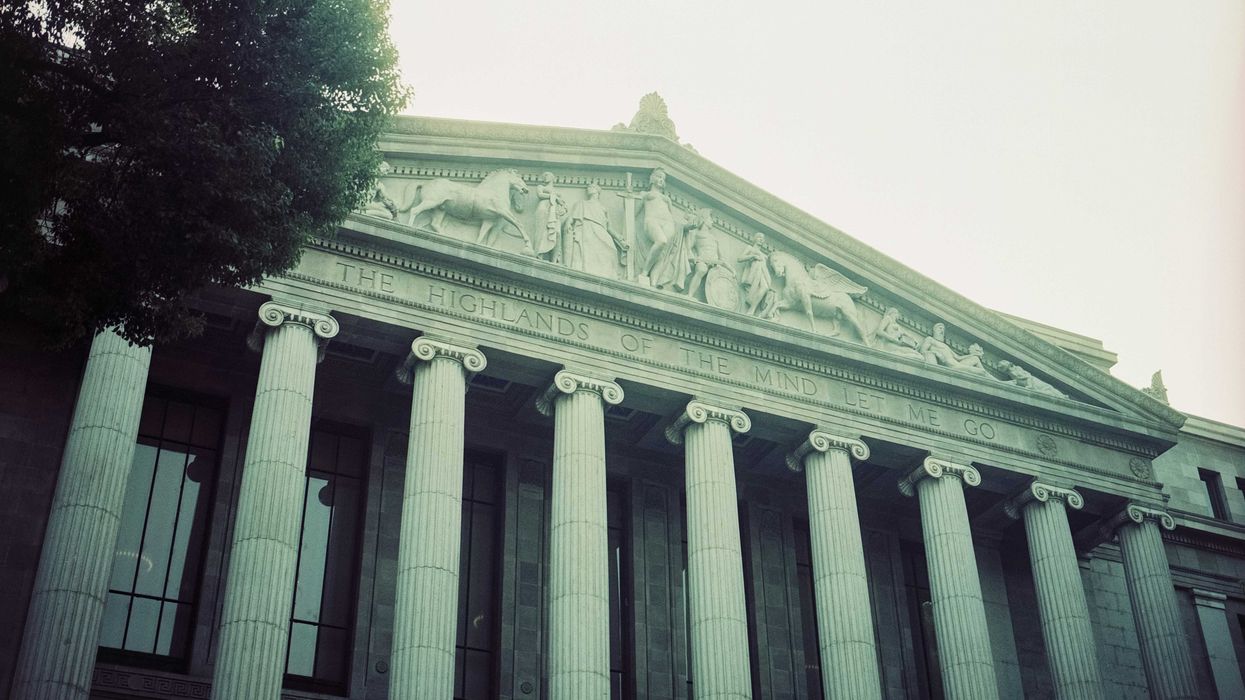The first human death from bird flu in the United States occurred on January 6 in a Louisiana hospital, less than three weeks before the second Donald Trump administration’s inauguration. Bird flu, also known as Avian influenza or H5N1, is a disease that has been on the watch list of scientists and epidemiologists for its potential to become a serious threat to humans.
COVID-19’s chaotic handling during Trump’s first term serves as a stark reminder of the stakes. According to the Centers for Disease Control (CDC) and Prevention, last year, 66 confirmed human cases of H5N1 bird flu were reported in the United States. That is a significant number when you consider that only one case was recorded in the two previous years.
Bird flu was first detected in domestic birds in 1996 in Southern China and has since spread to wild birds, mammals, and humans worldwide, with a fatality rate reaching 50% in some cases. In the U.S., cases have been mostly mild, affecting primarily poultry and dairy workers, until this recent death in Louisiana.
In the spring of last year, bird flu showed up in cows. When a pathogen—any organism that causes a disease—jumps species, scientists get nervous because its genetic makeup can reconfigure and become more transmissible or lethal. The fact that humans are now being infected is a red flag. Though human-to-human transmission of H5N1 has not yet happened, it does not mean it can’t.
“That’s our concern — the more shots on goal that we give the virus, the greater chance of there being a mutation of some sort that precipitates a much larger situation,” said Dr. Nirav D. Shah, principal deputy director of the CDC. “But we’re also equally interested in the scientific finding that thus far, in the current outbreak, cases have been milder than what we’ve seen historically.”
Since the health of animals is directly linked to that of humans, the federal government took swift action. In a joint op-ed in USA Today, Xavier Becerra, secretary of Health and Human Services, and Tom Vilsack, secretary of Agriculture, said, “As heads of the federal departments responsible for human health and animal health, we quickly stood up a coordinated response organized around four key priorities: monitoring and stopping transmission, protecting workers and the public, keeping animals healthy and ensuring the safety of our food supply.” Drinking raw milk, for instance, is especially risky now.
The key question is whether the new administration has the political will to prioritize Americans' health. Trump’s nominee to lead Health and Human Services, Robert Kennedy Jr., is a vocal vaccine skeptic critical of federal mandates during the COVID-19 pandemic. Similarly, Dr. Dave Weldon, the nominee for CDC, has questioned the efficacy of vaccines and public health measures to control disease outbreaks.
For an in-depth conversation on the role of Health and Human Services, listen to this 1A podcast episode with host Jenn White by clicking HERE.
Rebecca Katz, Director of the Center for Global Health Science and Security at Georgetown University and author of The Outbreak Atlas, reminds us that bird flu is the latest threat to human health. This past year alone, the world witnessed a Marburg virus outbreak in Rwanda, Mpox in central Africa, and a resurgence of measles worldwide, primarily driven by diminished confidence in childhood vaccines.
“There are death, taxes, and emerging infectious diseases. You can guarantee that there will be more diseases,” Katz told the Fulcrum, adding there is a collective tendency to pivot from cycles of panic to neglect. “We had the biggest generational disease event five years ago. Now, we are in the biggest valley of neglect. There's no money, no workforce, and no confidence. We're going to have to fix that.”
On January 3, President Joe Biden’s administration announced US$ 306 million in additional funding for the H5N1 response. However, experts such as Katz believe there are still insufficient resources allocated towards long-term pandemic preparedness. Despite the likelihood of future outbreaks, Trump has suggested disbanding the Office of Pandemic Preparedness, established in 2022, which would hinder coordinated national responses. Making childhood vaccines optional could further erode collective immunity and prompt insurers to stop covering them.
“The reason why vaccines are so readily available to people is because of the Affordable Care Act and the vaccine for children program,” said Sam Bagenstos, former General Council to HHS under President Biden, on the 1A show aired January 8 on NPR. “If the CDC Director were to take vaccines off that list, vaccines would instantly become effectively unavailable to most people in the country. There is a very substantial risk that even without taking away the approval of vaccines, even without any regulatory changes, a new administration could make it much harder for people to get vaccinated.”
Managing outbreaks, says Katz, is complex and requires coordination at all levels. While the CDC, as a federal agency, is tasked with the genetic sequencing of a virus, two things must be prioritized locally: disease surveillance and public awareness. However, “if I had to pick one priority investment, it would be people,” says Katz. “I am deeply concerned about our workforce. We don't have enough people, and the ones we have are not sufficiently supported to be able to do their jobs effectively.”
The lack of trust and outright threats directed at U.S. medical personnel and public health officials at the height of the pandemic prompted many to resign, leaving behind a demoralized and weaker workforce. Mistrust is fueled by rumors and inaccurate information. But dis information, which is false and deliberately intended to mislead the public, plays an even greater role in undermining trust.
The Outbreak Atlas, co-authored by Katz and Wellcome Trust scholar Mackenzie S. Moore, uses global case studies to explain outbreak preparedness, response, and recovery. It aims to educate people with the tools to make informed decisions during disease outbreaks, regardless of federal actions.
“I'm a professor, so I believe in increasing public literacy,” says Katz. “The more people know, the more they're able to understand, the better they're able to digest and make sense of the information that comes out around the next threat.”
Incoming administration officials would be wise to read The Outbreak Atlas. When George W. Bush was president, he urged his top officials to read The Great Influenza by historian John M. Barry, recognizing the need for a national strategy to prevent another catastrophe like the 1918 flu pandemic. His foresight was a model of preparedness. Why wait for bird flu—or any other infectious disease—to spiral out of control when the time to act is now?
Beatrice Spadacini is a freelance journalist who writes about social justice and public health.




















